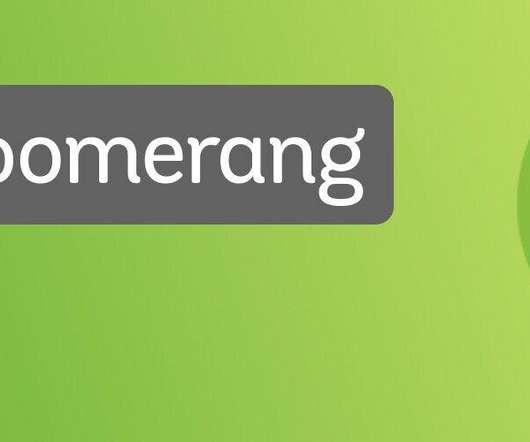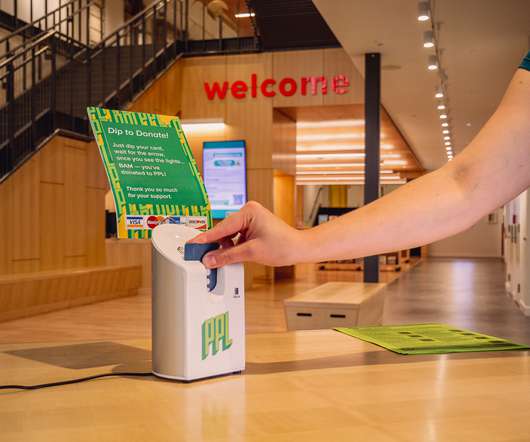How to Write Fundraising Emails That Get Results
Get Fully Funded
AUGUST 24, 2021
A fundraising email is not the right place to thank Board members, reflect on events that already happened, spotlight a wonderful volunteer, or highlight a major donor. For example: “Many teen girls struggle with their self-esteem thanks to Instagram and Snapchat. These jobs can be accessed via public transportation.

















Let's personalize your content